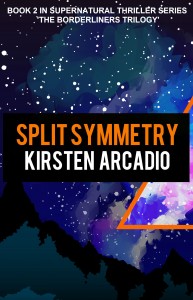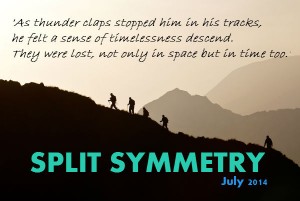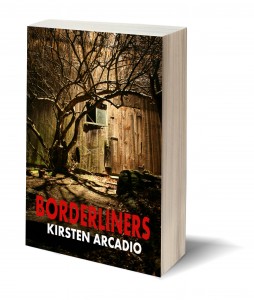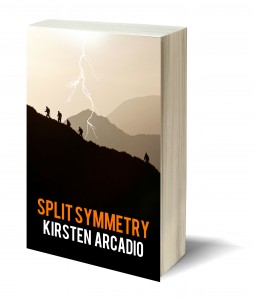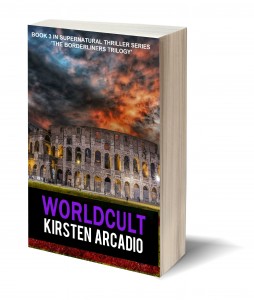My second novel, Split Symmetry, was set in a mountain range in Abruzzo, central Italy after I discovered it one year whilst on holiday with friends in the region. A ski resort in the winter, the mountain range is home to one of the highest peaks in Italy, certainly the tallest outside of the Alps. At nearly 3,000 metres, the Corno Grande peak within the range is so tall I nearly suffered altitude sickness the first time I went up it.
Gran Sasso also houses the southernmost glacier in Europe next to the summit of the Corno Grande, sadly expected to have disappeared by 2020 due to climate change.
On my first visit, I drove there on the back of my husband’s motorbike which he keeps at his family home in Rome for occasions such as these! En route we passed through a 10 km tunnel which cuts through the mountain itself. It was cold and we were running out of petrol (a typical scenario) so I started to look around me, in case we ended up having to stop.
I was surprised to notice reinforced metal doors cut into the sides of the tunnels. They looked like something out of James Bond and indeed afterwards I discovered that behind them lay something of great importance: Italy’s National Laboratories. It was in these labs that scientists received the ‘faster-than-light’ neutrinos which had been fired across from CERN in Switzerland in 2011.
The second time I visited the mountain I had to follow four bikers up to Campo Imperatore, a plain about half way up. Stopping every so often to provide them with roadside drinks and snacks, I had plenty of time to observe how the weather changed from hot and sunny to ominous and brooding to darkly torrential in the space of a couple of hours.
I waited at Campo Imperatore for an hour or so at the end of the bike ride, enough time for its strange atmosphere to soak into my skin: this was the last place Mussolini hid before the Germans picked him up during the second world war. And it feels like a small piece of those events still resides somewhere in the ether there. There’s something about the oddness of the tumble down hotel, little changed in several decades, and the gleaming towers of the Rome Observatory, which sits on the edge of the Campo, to lend the surroundings an other-worldly feel. The area seems to transcend time – quite apt for my novel.
On my third visit I climbed up the wrong side of the Corno Grande slope with ropes…with a guide, I hasten to add. It got me thinking about how perilous it could be to do this kind of climb in the middle of the night, and how resourceful you’d need to be to do it safely.
Each time I went, I passed earthquake-torn Aquila on the way, still looking tumble down and broken. I thought, what if an earthquake hit whilst you were up the mountain. Then I thought about all the times I’d been involved in near miss hiking disasters – a few times, as it happens, because hiking is a risky business, far more so than many people realise.
And that led to my ‘what if’ question which led to the novel.
There’s more to it, of course, including a backstory worthy of LOST and an incredible catastrophe, in which my protagonist, Elena, and her friends, are forced to question the nature of reality itself…Will they survive it?
Set in the near future, Split Symmetry is the story of what happens when a hike in the notorious Gran Sasso mountain range in central Italy descends into chaos on the same night that scientists decide to work on a clandestine experiment in a lab beneath the mountain. Dr Elena Lewis must work around the clock to find members of her group who have become lost on the mountain, but just as she is close to finding them, the region is rocked by one of the worst earthquakes central Italy has ever known.
Get your copy on Amazon, today.
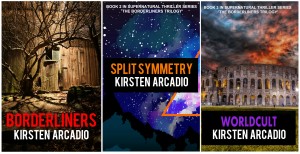 The metaphysical thriller genre could be for you…if you:
The metaphysical thriller genre could be for you…if you:
